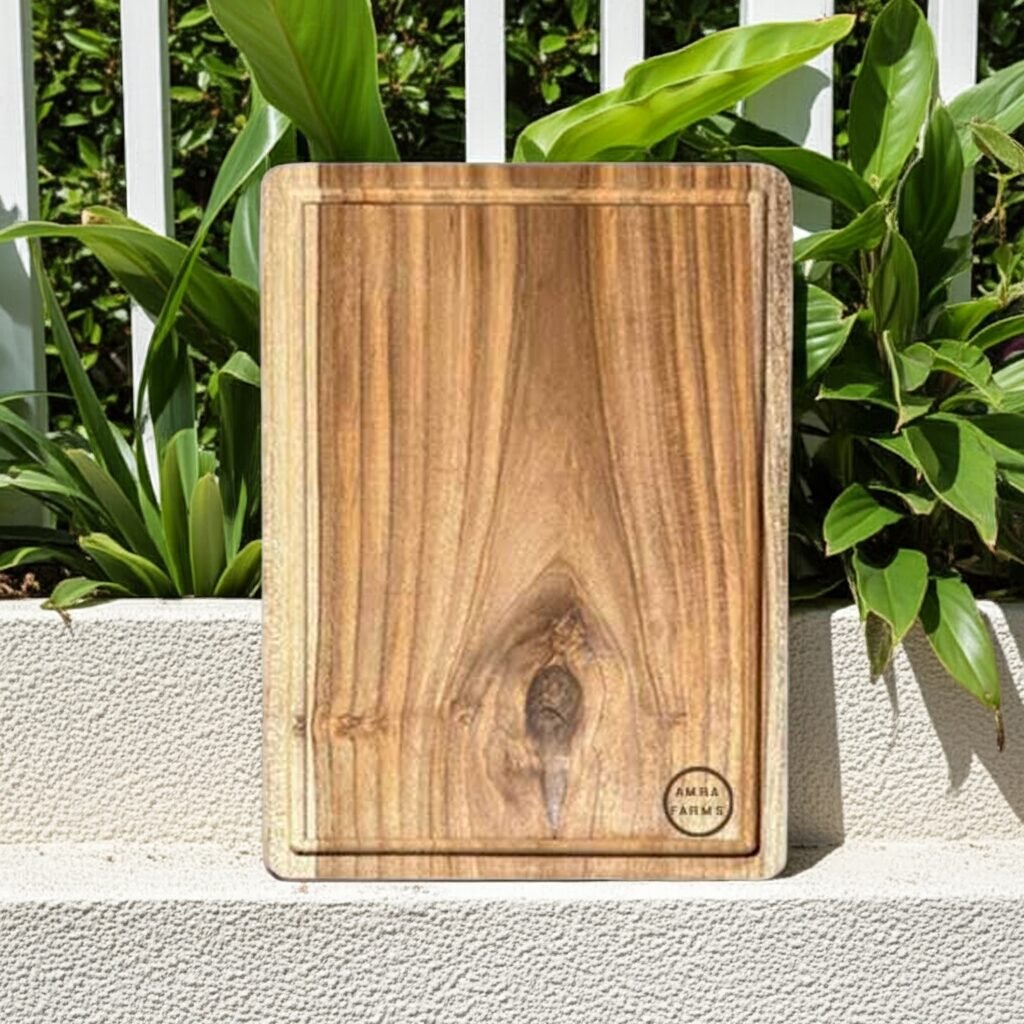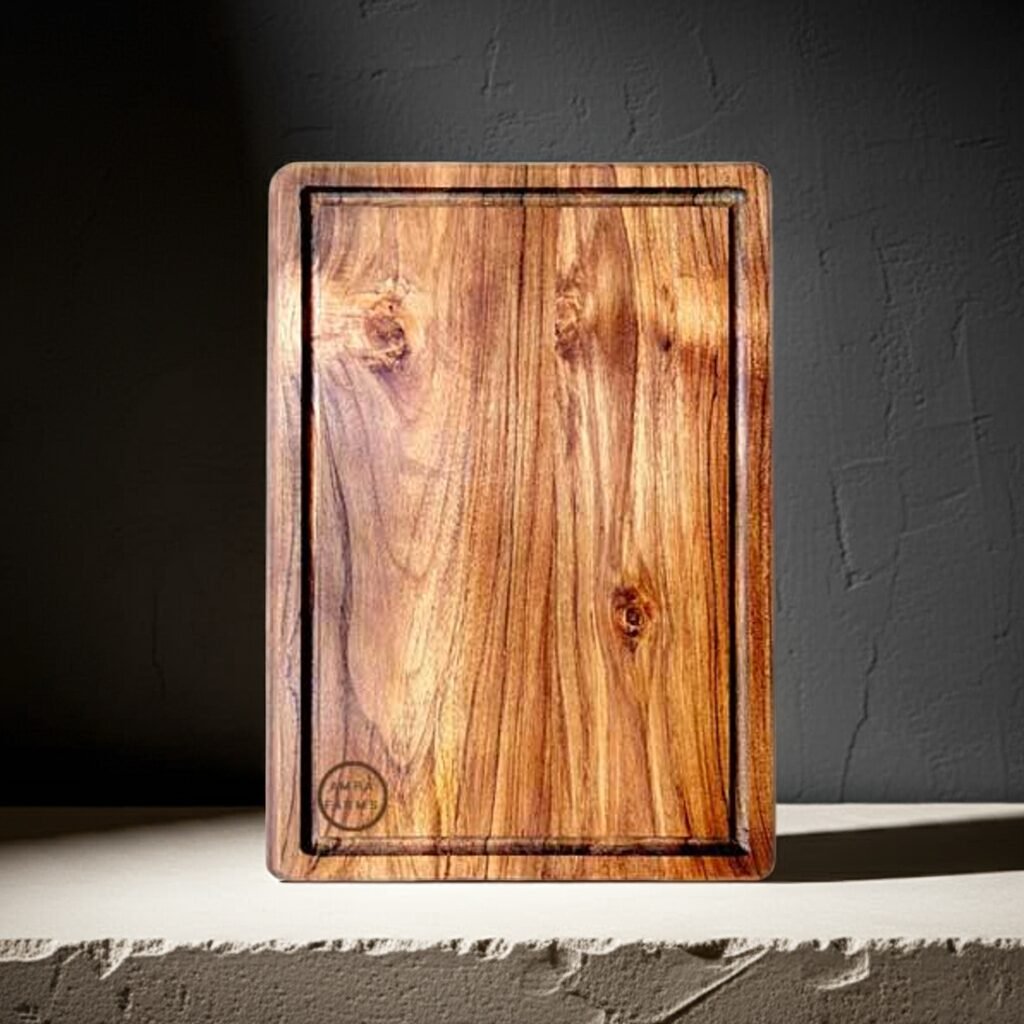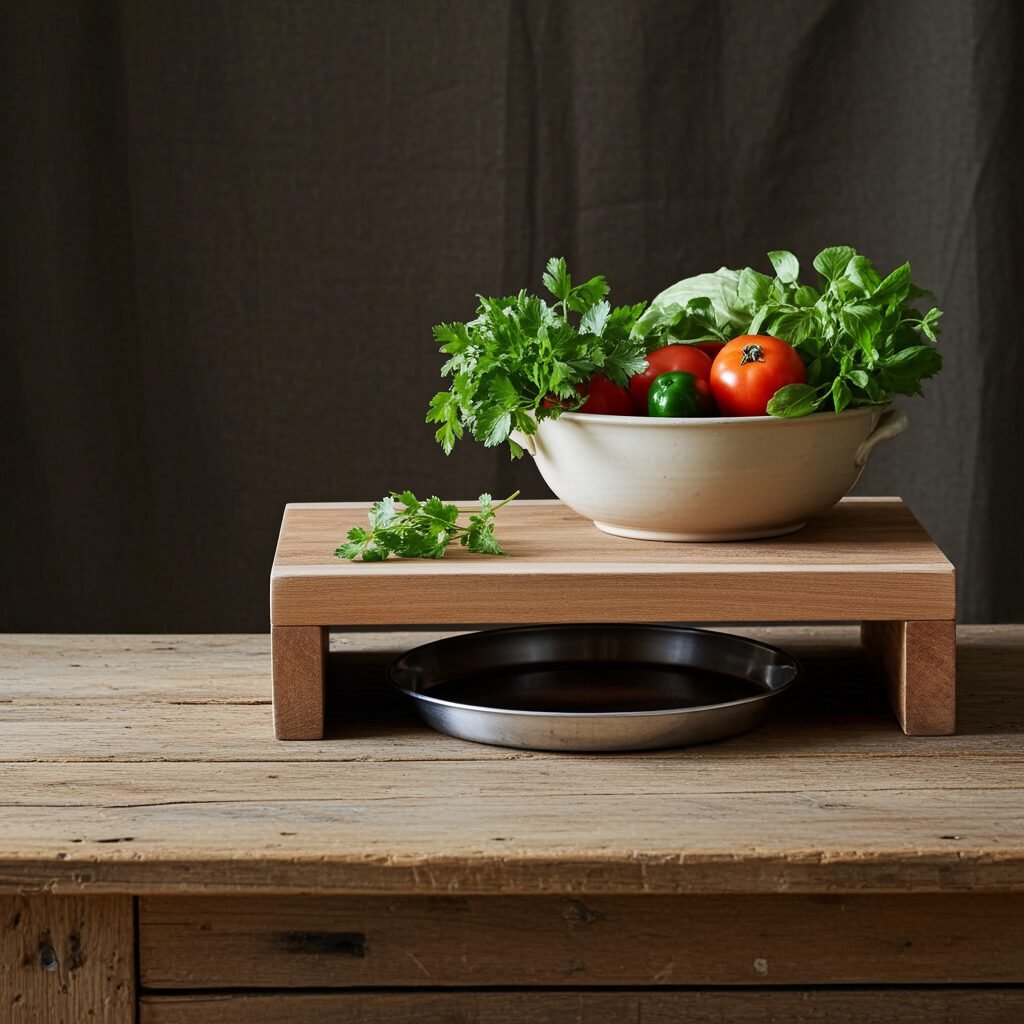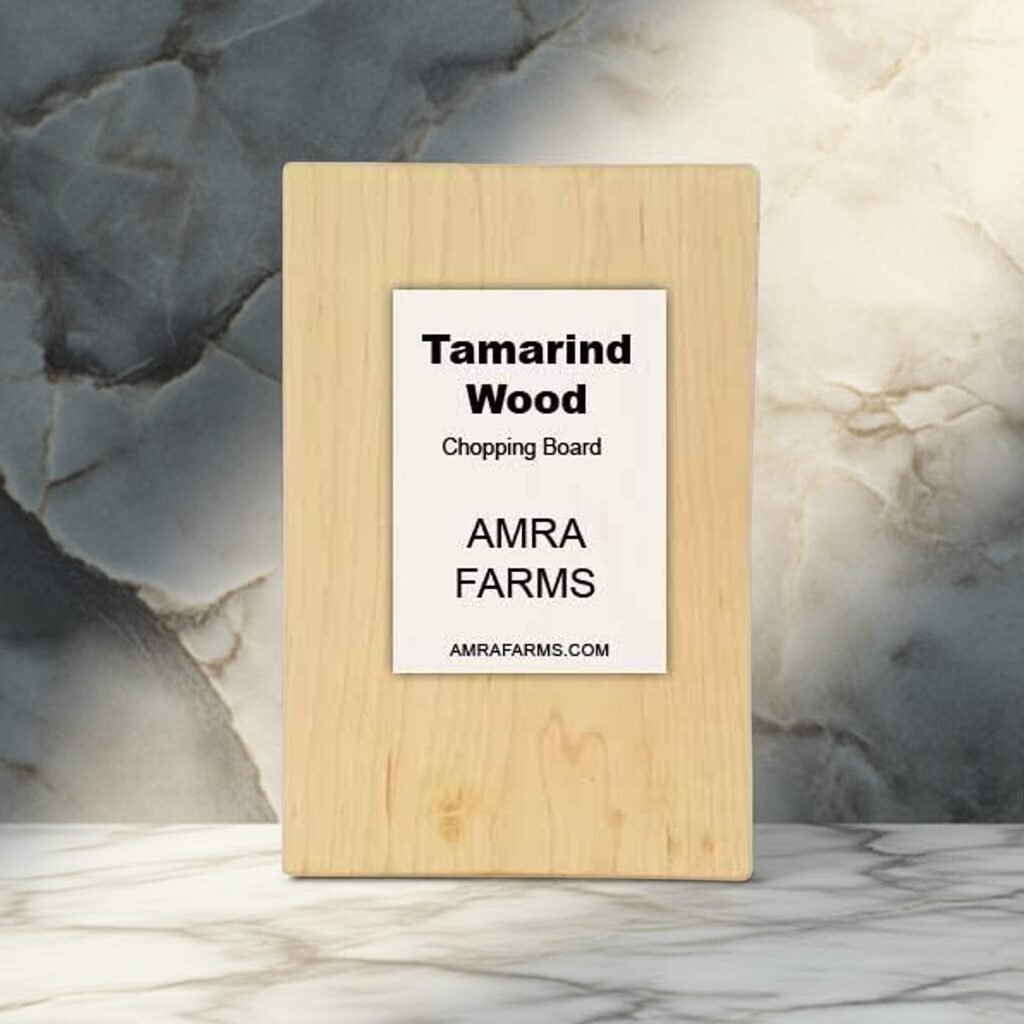Your cart is currently empty!
Choosing the Right Wooden Chopping Board in India: Teak, Tamarind, Mango, and Acacia by State and Climate
India is a country with a wide range of climatic conditions. While Kerala is known for its tropical climate, Gujarat is known to be dry. While parts of West Bengal are cool, the other part is hot. Tamil Nadu, being a close neighbor to Kerala, is dry while Kerala is humid. With so many variations, cultural differences, and climatic conditions, a simple choice for a cutting board could be as complicated too. What is used in Tamil Nadu is not preferred in Kerala. While people in UP and Bihar find Mango wood as their best material for chopping boards, Tamil Nadu and Kerala are more inclined to purchase tamarind wood.
Why so much difference even in a simple choice of cutting boards? There are a lot of factors to understand when choosing a cutting board. For many, a purchase of an object is not functional. It’s based on culture and tradition too. Kerala, for instance, is rich in its flora and fauna. There are a wide range of woods, from teak, mahogany, neem, mango, and tamarind. Yet, when it comes to a wooden cutting board, the first choice is almost always tamarind wood. Do you know why? It’s culture. The choice of mango wood in Uttar Pradesh and Bihar is also a traditional choice. While there are other woods like acacia which are widely available in northern India, the choice has always been towards mango wood.






What influences the choice of wooden board material in our tradition?
There are 2 aspects to choosing the material for chopping boards. While there may be a slight religious inclination, the biggest reason is always cost. Teak wood chopping boards is expensive. Tamarind wood chopping board is cheap. So is mango wood. There is an abundance of tamarind wood in the southern part of India. You may have noticed the use of tamarind in South Indian cuisine, which is relatively more than what is used in northern, eastern, or western India. That is because tamarind trees are abundant in the south. Keralites love their coconut. That’s because they have been using coconut as it is abundant in Kerala. Mango is abundant in Uttar Pradesh, and the trees are cut down frequently to replace them with younger ones. The wood has to either be burnt or used to create furniture. Mango wood furniture is not popular in India and so it is usually burnt. Brick makers use mango wood to bake bricks.
Southern India too faces the same situation. Tamarind wood is too dense and is not easy to work with. Though the wood is strong, it is not as beautiful for furniture in comparison to teak. The result? Tamarind wood is burnt in industries as fuel. Traditionally too, tamarind wood was not used to make furniture. It was used to cook food at home and as fuel in traditional Indian homes. The second most common use was to make cutting boards. Even today, butchers in South India use tamarind wood cutting boards for commercial cutting. Tamarind wood is time-tested to cut meat. They are antibacterial, tough, and strong. They are knife-friendly too.
The second biggest factor is cost. Cost plays a major role in most homes when it comes to purchasing cutting boards. Some of us are on a tight budget. We often pick a plastic board not because we do not know the harm it causes but because it is cheap and functional. Wooden chopping boards are definitely more expensive than plastic boards, but it becomes very expensive when you choose premium wood.
How to pick the right wooden board for your kitchen by location
To understand the right wood for your state or location, you need to know a few factors. One of the key considerations for choosing a wooden board is to understand the climatic conditions in your area. If you are living by the seashore, near a beach, or anywhere in the 30-40 km range near the sea, you would have noticed the weather is moist, humid, and hot during most seasons. States like Tamil Nadu are generally considered dry, but the coastal area is more humid than dry. Even within the states, some districts may have different conditions than others. Coimbatore is dry, Chennai is humid.
Depending on how humid your climatic conditions are, you can choose the right wood. For high-humidity areas, avoid mango wood altogether. Areas like Tamil Nadu, Kerala, Telangana, and eastern states like Tripura, Manipur, Meghalaya are all humid, and a mango wood chopping board is not the best choice for you. The best wooden boards to use in these areas are teak, but if you find teak wood cutting boards to be more expensive, your second choice should be acacia or tamarind wood.
For areas like Gujarat, Rajasthan, Himachal Pradesh, Haryana, Madhya Pradesh, and Punjab, mango wood is the most affordable and recommended option. Being dry and less humid makes mango wood not only affordable but also the better choice.
Below is the list of wooden chopping boards and their preferences:
India is a country with a wide range of climatic conditions. While Kerala is known for its tropical climate, Gujarat is known to be dry. While parts of West Bengal are cool, the other part is hot. Tamil Nadu, being a close neighbor to Kerala, is dry while Kerala is humid. With so many variations, cultural differences, and climatic conditions, a simple choice for a cutting board could be as complicated too. What is used in Tamil Nadu is not preferred in Kerala. While people in UP and Bihar find Mango wood as their best material for chopping boards, Tamil Nadu and Kerala are more inclined to purchase tamarind wood.
Why so much difference even in a simple choice of cutting boards? There are a lot of factors to understand when choosing a cutting board. For many, a purchase of an object is not functional. It’s based on culture and tradition too. Kerala, for instance, is rich in its flora and fauna. There are a wide range of woods, from teak, mahogany, neem, mango, and tamarind. Yet, when it comes to a wooden cutting board, the first choice is almost always tamarind wood. Do you know why? It’s culture. The choice of mango wood in Uttar Pradesh and Bihar is also a traditional choice. While there are other woods like acacia which are widely available in northern India, the choice has always been towards mango wood.
What influences the choice of wooden board material in our tradition?
There are 2 aspects to choosing the material for chopping boards. While there may be a slight religious inclination, the biggest reason is always cost. Teak wood is expensive. Tamarind wood is cheap. So is mango wood. There is an abundance of tamarind wood in the southern part of India. You may have noticed the use of tamarind in South Indian cuisine, which is relatively more than what is used in northern, eastern, or western India. That is because tamarind trees are abundant in the south. Keralites love their coconut. That’s because they have been using coconut as it is abundant in Kerala. Mango is abundant in Uttar Pradesh, and the trees are cut down frequently to replace them with younger ones. The wood has to either be burnt or used to create furniture. Mango wood furniture is not popular in India and so it is usually burnt. Brick makers use mango wood to bake bricks.
Southern India too faces the same situation. Tamarind wood is too dense and is not easy to work with. Though the wood is strong, it is not as beautiful for furniture in comparison to teak. The result? Tamarind wood is burnt in industries as fuel. Traditionally too, tamarind wood was not used to make furniture. It was used to cook food at home and as fuel in traditional Indian homes. The second most common use was to make cutting boards. Even today, butchers in South India use tamarind wood cutting boards for commercial cutting. Tamarind wood is time-tested to cut meat. They are antibacterial, tough, and strong. They are knife-friendly too.
The second biggest factor is cost. Cost plays a major role in most homes when it comes to purchasing cutting boards. Some of us are on a tight budget. We often pick a plastic board not because we do not know the harm it causes but because it is cheap and functional. Wooden chopping boards are definitely more expensive than plastic boards, but it becomes very expensive when you choose premium wood.
How to pick the right wooden board for your kitchen by location
To understand the right wood for your state or location, you need to know a few factors. One of the key considerations for choosing a wooden board is to understand the climatic conditions in your area. If you are living by the seashore, near a beach, or anywhere in the 30-40 km range near the sea, you would have noticed the weather is moist, humid, and hot during most seasons. States like Tamil Nadu are generally considered dry, but the coastal area is more humid than dry. Even within the states, some districts may have different conditions than others. Coimbatore is dry, Chennai is humid.
Depending on how humid your climatic conditions are, you can choose the right wood. For high-humidity areas, avoid mango wood altogether. Areas like Tamil Nadu, Kerala, Telangana, and eastern states like Tripura, Manipur, Meghalaya are all humid, and a mango wood chopping board is not the best choice for you. The best wooden boards to use in these areas are teak, but if you find teak to be more expensive, your second choice should be acacia or tamarind wood.
For areas like Gujarat, Rajasthan, Himachal Pradesh, Haryana, Madhya Pradesh, and Punjab, mango wood is the most affordable and recommended option. Being dry and less humid makes mango wood not only affordable but also the better choice.
Below is the list of wooden chopping boards and their preferences:
| State | 1st Preference | 2nd Preference | 3rd Preference |
|---|---|---|---|
| Andhra Pradesh | Teak | Acacia | Tamarind |
| Arunachal Pradesh | Teak | Acacia | Tamarind |
| Assam | Teak | Acacia | Tamarind |
| Bihar | Teak | Acacia | Tamarind |
| Chhattisgarh | Teak | Acacia | Tamarind |
| Goa | Teak | Acacia | Tamarind |
| Gujarat | Mango | Teak | Acacia |
| Haryana | Mango | Teak | Acacia |
| Himachal Pradesh | Mango | Teak | Acacia |
| Jharkhand | Teak | Acacia | Tamarind |
| Karnataka | Teak | Acacia | Tamarind |
| Kerala | Teak | Acacia | Tamarind |
| Madhya Pradesh | Mango | Teak | Acacia |
| Maharashtra | Teak | Acacia | Tamarind |
| Manipur | Teak | Acacia | Tamarind |
| Meghalaya | Teak | Acacia | Tamarind |
| Mizoram | Teak | Acacia | Tamarind |
| Nagaland | Teak | Acacia | Tamarind |
| Odisha | Teak | Acacia | Tamarind |
| Punjab | Mango | Teak | Acacia |
| Rajasthan | Mango | Teak | Acacia |
| Sikkim | Teak | Acacia | Tamarind |
| Tamil Nadu | Teak | Acacia | Tamarind |
| Telangana | Teak | Acacia | Tamarind |
| Tripura | Teak | Acacia | Tamarind |
| Uttar Pradesh | Mango | Teak | Acacia |
| Uttarakhand | Mango | Teak | Acacia |
| West Bengal | Teak | Acacia | Tamarind |
| Delhi (NCT) | Mango | Teak | Acacia |
| Jammu & Kashmir | Mango | Teak | Acacia |
| Ladakh | Mango | Teak | Acacia |
| Puducherry | Teak | Acacia | Tamarind |
Categories
Products
- Buy Wooden Vegetable Cutting Boards Online
- Wooden Kitchen Accessories Tools
- Buy Butcher Block & Meat Cutting Boards Online
- Buy Premium Edge Grain Single Block Wooden Chopping Boards Online
- Buy The Best Teak Wood Chopping Boards Online In India
- Buy Wooden Cutting Boards With Handle For Kitchen
- Mango Wood Chopping Boards
- Single Block Chopping Boards
- Tamarind Wood Chopping Boards
- Wooden Platter Boards , Pizza Platters & Charcuterie Boards
Tamarind Wood Cutting Board Teak Wood Cutting board
